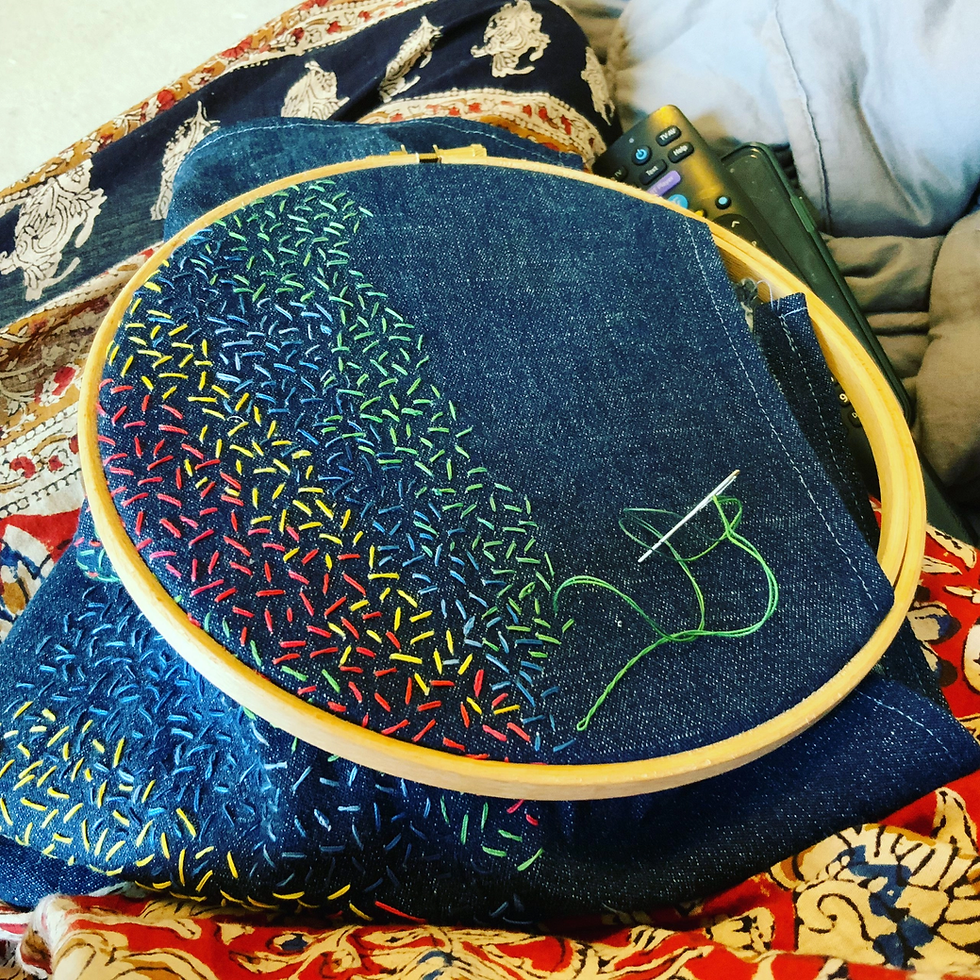Find the To-Do List That Works for You
- Isi Dixon
- Jul 14, 2020
- 3 min read
Updated: Sep 17, 2020
To-do lists are the cornerstone for productivity. Without them it is very tricky to keep track of what we need to do, what we have done and also probably what will never get done. That’s because our brains aren’t particularly good at storing things like this. Things often fall through the cracks.
Our brains work at their best when they’re not used as a storage facility. They need to be freed up for creative thinking and problem solving, i.e. thinking in general. Albert Einstein said: 'Paper is to write things down that we need to remember. Our brains are used to think.' He was onto something.
So now that we’ve established why having to-do lists might be a good thing, what types are there and are they all interchangeable? Could you use any list and be done with it? Not quite. Here are four types of lists that might work for you. You choose which you want to use for which purpose.
Random list of items
This type of list is ideal for a brain dump. It’s usually a never-ending list, that you simply add to whenever you think of something that needs doing. It doesn’t really matter what goes on this list, it’s a holdall for all your stray thoughts, things you might need or want, people to call, projects or tasks, and so on.
It’s not very good as a daily to-do list as there is no structure in it whatsoever. This list contains anything and everything, no indication if anything is important, due today or tomorrow or just a nice-to-have.
Grouped lists
Now we’re getting into a bit of structure. There are different categories you can group things by. The most popular ones are Work, Home, and Personal. Many people structure their lists like this. You can see at one glance which items are work, home or personal life related.
Prioritised lists
You might have a list for items to do at work but what needs doing first? What is important? What is urgent? This is where priorities come in. Whether you number them, add ABCDs next to them or simply write “very”, “medium” “not” next to each item is completely up to you. This list then tells you which items you need to do first. It’s all the As, 1s or verys. If there’s time, do the next level. You might even get to the level 3 or “not important” items if you’re having a very productive day. Otherwise they simply won’t get done but that’s ok. They’re not important after all.
Area of focus lists
If you’ve heard of David Allen’s “Getting Things Done” system or GTD, you will have come across these kinds of lists. After collecting everything in an “inbox”, you sort your to-dos into lists according to “area of focus”. This could be an “errand” list for when you’re out and about, a “to phone” list, a “@computer” list, etc. The idea is that you batch everything that is connected to a certain activity. This means that you are doing similar tasks together, making use of economies of scale (or efficiency gains), i.e. you’re getting more efficient as you do more of the same thing.
Here is the book that describes this very effective system in detail:
Which is the right one?
You have to try this out for yourself and see which suits your style of working best. My personal way of dealing with to-dos is a monthly brain dump list that I add to throughout the month. From this I then pick every Monday morning what I need to get done that week. This in turn informs my daily to-dos which usually consist of 3-5 items that fit in between meetings. I don’t plan every minute of my day. I leave enough time for the unexpected. If nothing crops up, I get to either clock off earlier or simply find another thing from the list that I want to do that day. As it’s a bonus item the emphasis is literally on want.
Would you like to be the Master of Your Day?
If you found this article useful and want more like this, why not get updated every time I post a new blog post? I send out a weekly newsletter with the latest blog post and other tips around personal productivity and time management. You will also receive my checklist “6 Simple Strategies to Boost your Productivity” as a thank you. Click on the image to subscribe.
.png)




Comments